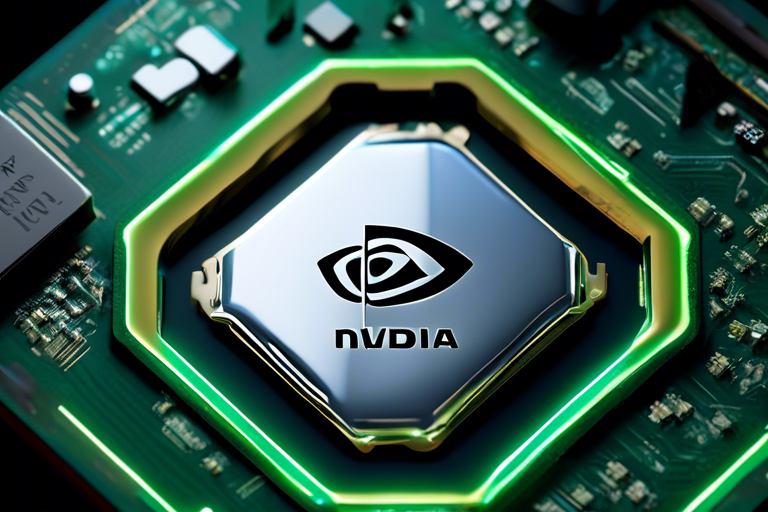Unlocking GPU Accelerated RDMA with NVIDIA DOCA GPUNetIO
Discover the latest advancements in GPU-accelerated Remote Direct Memory Access (RDMA) with NVIDIA’s DOCA GPUNetIO library. This update introduces enhanced capabilities for real-time inline GPU packet processing, aiming to improve GPU-centric applications by reducing latency and CPU utilization.
Enhanced RDMA Functionality
Explore the new APIs introduced in DOCA 2.7 that enable RDMA communications directly from a GPU CUDA kernel using RoCE or InfiniBand transport layers. This development allows for high-throughput, low-latency data transfers by empowering the GPU to control the data path of the RDMA application.
RDMA GPU Data Path
- Discover how RDMA facilitates direct access between main memory of two hosts without involving the operating system, cache, or storage.
- Learn about the three fundamental steps involved in RDMA: local configuration, exchange of information, and data path execution.
With the GPUNetIO RDMA functions, the GPU can now manage the data path of the RDMA application, reducing latency and freeing up CPU cycles for more efficient processing.
Performance Comparison
- Learn about the performance comparisons between GPUNetIO RDMA functions and IB Verbs RDMA functions conducted by NVIDIA.
- Explore the results of performance tests executed on a Dell R750 machine, showcasing comparable peak bandwidth and elapsed times.
Discover the scalability and efficiency of the new GPUNetIO RDMA functions, reaching up to 16 GB/s in peak bandwidth when increased to four queues.
Benefits and Applications
- Uncover the benefits of offloading RDMA data path control to the GPU, including scalability, parallelism, lower CPU utilization, and reduced bus transactions.
- Learn how this update benefits network applications where data processing occurs on the GPU, enabling more efficient and scalable solutions.





 By
By
 By
By
 By
By

 By
By